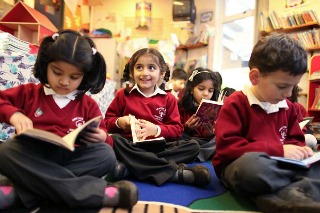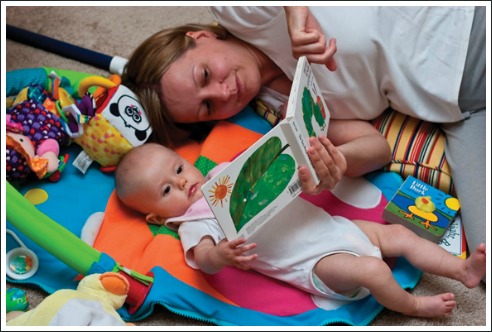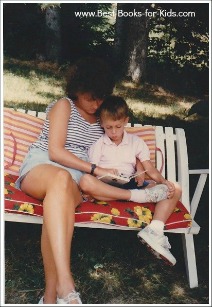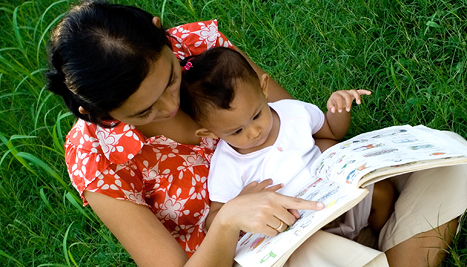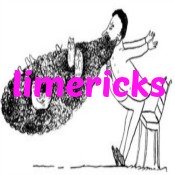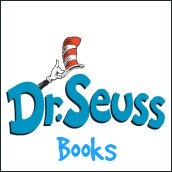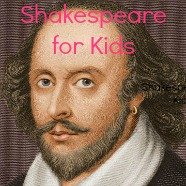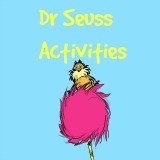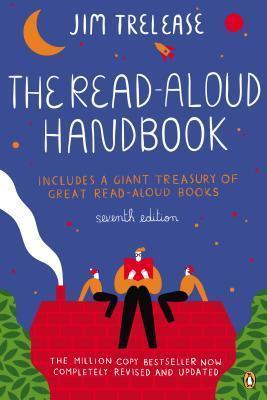You are here: home / learning how to read
Learning How To Read
Learning how to read can be a very challenging experience for children.
Many children find it difficult but it's also true that some children learn to read easily and quite quickly without needing very much in the way of formal instruction. If you haven't actually witnessed this happening it can be hard to believe that it's possible but I've seen it happen and it's actually more common than most people think.
As a primary (elementary) school teacher, I have a strong interest in how children learn to read.
This is mainly the result of the experiences I had with my own three children who are now young adults and with my five nephews who range in age from four to 16 years. All eight of these children learned to read easily and quickly progressed to becoming strong, capable readers within the first three years of starting school. And they're not alone.
Yet many children I have taught have struggled with reading.
So why is this the case? Why do children have such different experiences when they're learning how to read?
On this page, you'll find out why some children struggle with reading while others learn to read easily and quite naturally. You'll learn about the building blocks of reading and how you can give your child a head-start when it comes to learning how to read.
The Process of Learning How to Read
There's actually no mystery about the factors that influence a child's experience of learning how to read. The research shows very clearly that children with strong oral language skills who have been read to often as babies and pre-schoolers learn to read much more easily and quickly than children who don't have these two advantages.
Could it really be that simple? Absolutely!
You see, unlike speaking, reading is a very complex process for our brains. Given even minimal input from the people around her, a baby who is developing normally will learn to talk without needing to be taught how to do it. We humans have evolved biologically to develop the ability to speak and to acquire language without being explicitly taught how to do it.
But reading is different. We do not develop the ability to read in the same way we develop the ability to speak. Humans did not evolve to learn how to read and write so, when we first start out, we need help to make sense of all those squiggly black lines on paper that seem to hold meaning for the more experienced people around us. Our oral language skills and reading aloud experiences are the first tools we use to help us begin to make sense of them.
Beginning to Learn How to Read
Researchers have identified nine distinct skills that are learned and then brought together in order as a child is learning how to read fluently and with understanding. These are the nine essential skills that underpin the learning-to-read process. These skills are sometimes called the building blocks of reading and the first one is strong oral language skills.
Strong oral language skills enable children to understand and enjoy stories and to connect the spoken words they know with the images and words they see in his books. They also help children learn the other eight skills which make up the nine building blocks of reading.
For example, a wide vocabulary also enables a child to make sense of what we call environmental print, the words he sees on signs and in shops as he moves around his world. This builds his awareness of print and his comprehension skills and helps him begin to learn about letter-sound correspondence, which is the idea that a letter like J makes the first sound a child hears in his name, James.
The good news is that children naturally acquire strong oral language skills when they are brought up in ordinary, loving and nurturing homes where they are read to daily, where they enjoy loving interactions with adults and where they are encouraged to explore their world.
The 9 Building Blocks of Reading
Here's a list of the nine skills children learn on their way to becoming capable independent readers:
- oral language skills
- phonological awareness
- storytelling knowledge
- comprehension
- print awareness
- letter-sound correspondence
- decoding skills
- fluency
- prosody
Educators call the process of developing these nine skills emergent literacy.
If you're thinking that this all sounds a bit complicated, you're not alone. I'm a primary school teacher and I think they sound complicated too!
And the truth is that these terms and the work the brain does to develop these skills is very complex. However, as I wrote earlier, the good news is that these are complex names for a series of skills most of which develop normally in children who are cared for and whose parents read aloud to them regularly from an early age.
So while it's kind of nice to know about those skills, you don't need to remember them or to do anything specific to teach them.
How the 9 Building Blocks Work
Many people think that learning how to read is something that happens at school when children are about five or six but the learning-how-to-read journey takes several years and actually begins a long time before a child starts school.
As we've seen, learning how to read begins with the acquisition of five foundational skills - the first of nine - which babies and young children learn as they interact with the people around them. In this section, I'll explain how the nine building blocks of reading work together as children develop pre-reading skills and as they are learning how to read.
The first thing that happens is that from birth babies first begin to tune in to the sound of spoken language. As they do this, they are developing the first two of the nine building blocks of reading: phonological awareness and oral language skills. These two skills are critical pre-reading skills. Research and the experience of teachers around the world shows that children who do not develop these two skills struggle with learning how to read.
There's also a right way to read aloud. It involves reading slowly, with
lots of pauses for your child to ask questions, reading with expression
and having fun with reading. Read more about how to read aloud here.
When you read aloud to a young child, he or she begins to understand that those squiggly black lines in the book mean something.
They tell mum or dad when to read in a funny voice and what's going to happen next.
Your child also learns which way to hold a book (which is the front cover?) and how to turn the pages. This is called print awareness. Sadly, there are children who begin school without this knowledge.
Reading aloud also helps a child develop an understanding of how stories work (storytelling knowledge). Take reading fairy tales as an example. Fairy tales have a pretty standard format. They often start with Once upon a time, there's a good-versus-evil storyline with clearly-defined good and bad characters and there's a resolution where good triumphs over evil. Children very quickly begin to understand this format and the sequence of events and they learn to anticipate how a story will play out.
Comprehension and oral language skills develop as the child and the adult reading discuss the words, characters and events in the story. This widens the child's knowledge of the world, especially of things, events and people which are not part of his or her everyday life. This knowledge is sometimes called background knowledge.
Phonological awareness develops as children tune in to the sounds of spoken language. Poetry and rhyme are particularly important stimulators of phonological awareness, so poems and rhyming stories (such as Dr Seuss books) are wonderful to share with little ones.
Prosody in reading refers to the tune and rhythm the reader uses as he or she reads. As an adult reads aloud, he or she is modelling for the listening child how reading sounds. This may seem like a small thing but it's important. We learn how to do something by observing someone who does it well and this gives us something to copy and aim for.
The final two skills of the nine building blocks of reading are letter-sound correspondence and decoding skills. Of the nine, these two are the ones that are most commonly taught at school in a formal way. But these two often develop spontaneously when a child has been read to often and from a young age. This is because, when reading is fun, a child will often be fascinated by the process and will begin to ask questions about the letters and words he sees on the page and about the writing he sees on signs and so on when he's out and about.
This happened a lot with my own children and with my nephews when they were small. The best story I have concerns my son, James, who was two when he pointed to and identified (read?) the word James on his cot blanket (the brand was St James).
References:
Center, Y. (2005). Beginning Reading. Sydney: Allen & Unwin.
Coyne, M. D; McCoach, D. B; Loftus, S; Zipoli, Jr. R; & Kapp, S. (2009). Direct Vocabulary Instruction in Kindergarten: Teaching for Breadth versus Depth. Elementary School Journal, Vol. 110 Issue 1, p1-18.
Hirsh-Pasek, K; & Golinkoff, R. (2003). Einstein Never Used Flash Cards. USA: Rodale.
Hoover, W.A; Gough, P.B. (1990). The Simple View of Reading. Reading and Writing: An Interdisciplinary Journal 2: 127-160.
